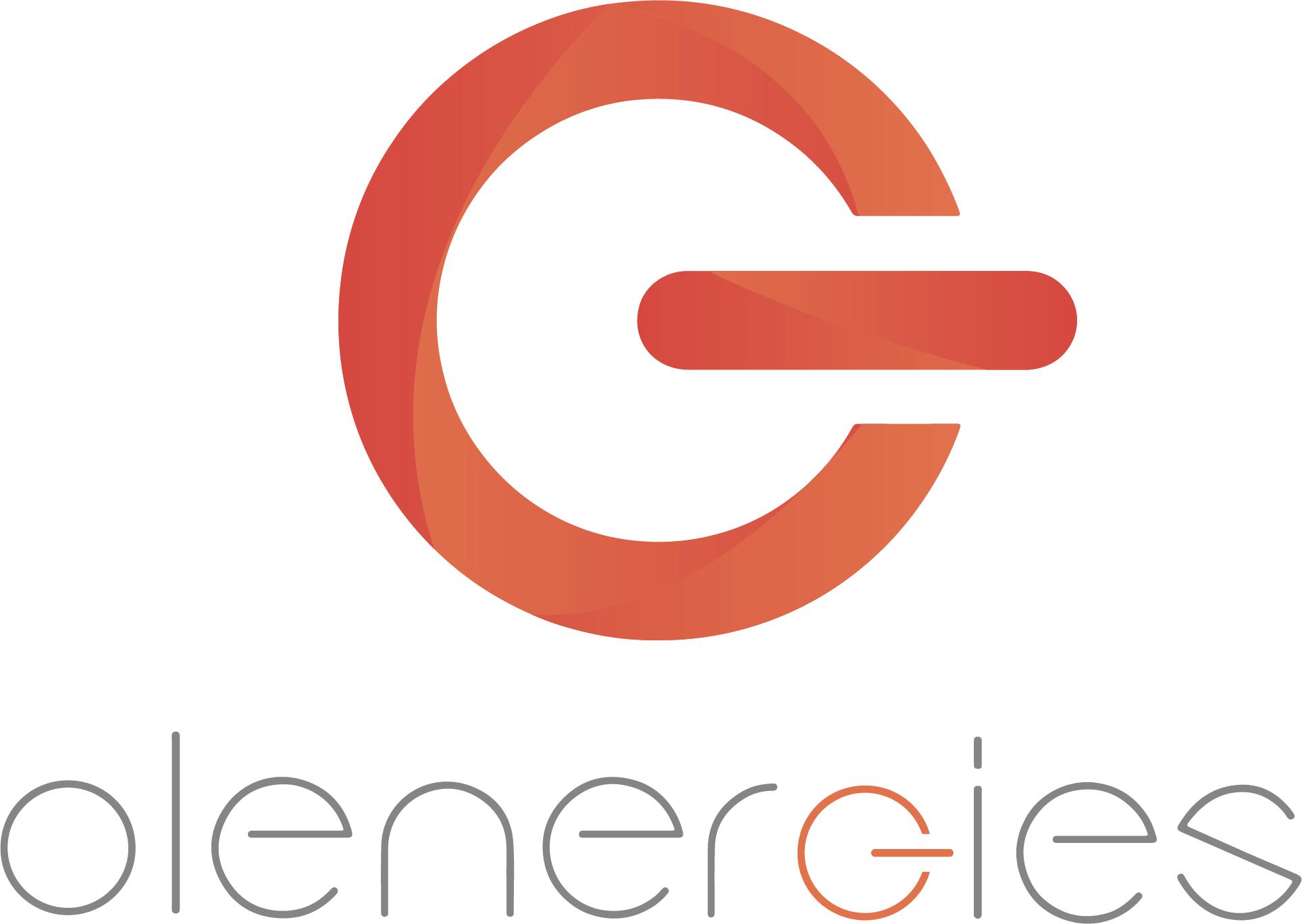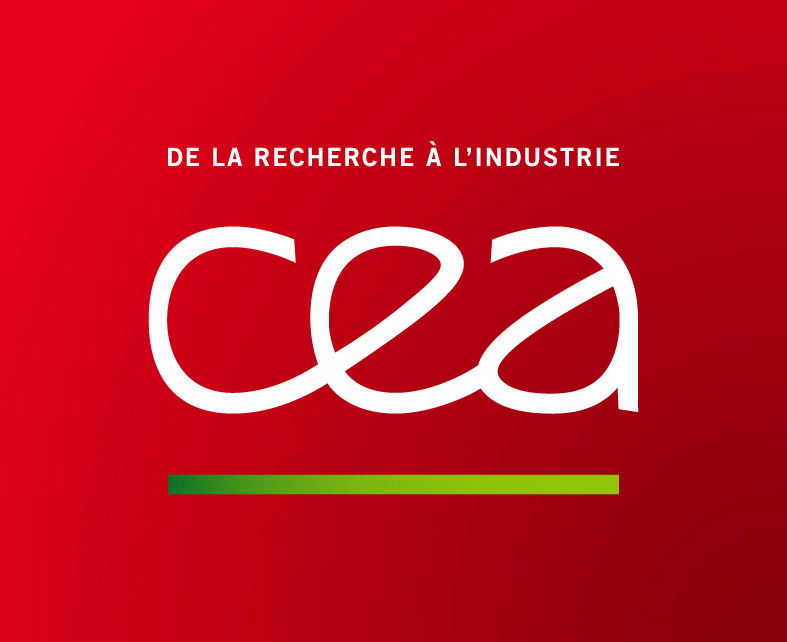

The DJANGO project focuses on Electrolysis of High Temperature Water Vapor (EVHT or EHT). This technology is very promising because of its high efficiency, but it nevertheless has a major disadvantage that delays the emergence of this technology. Indeed, the electrochemical cells currently used have a degradation rate (of 2 or 3% / 1000h for the best commercial cells) higher than the objective (<1% / 1000h) which would make these systems competitive with respect to technologies. more mature like alkaline electrolysis. The DJANGO project therefore focuses on this issue. It aims to design, develop and test an electrochemical cell composed of electrodes H2 and O2 optimized from a composition and microstructure point of view, in order to achieve the desired goal in terms of aging. For this, a complete cell whose manufacture is already mastered by one of the partners (CEA), and with very high initial performance, will serve as a basis. In addition, an innovative nickel O2 electrode developed by the ICMCB, a project partner, and very promising in EHT mode, will also be evaluated. For each developed electrode, the microstructure and the elementary electrochemical mechanisms will be finely studied, by impedance spectroscopy, chronopotentiometry, SEM, MET, DRX ... etc. A 3D reconstruction of these electrodes, coupled with a local scale modeling of the associated electrochemical mechanisms, will highlight the critical points limiting the performance over time of these electrodes. These results will serve as a guide to the developers in terms of morphology and electrode materials ideal to develop. At mid-project, an electrochemical cell composed of these optimized electrodes will then be manufactured on a laboratory scale (25cm²), then characterized before and after aging to validate that the expected gain in terms of aging has been obtained. The transfer to scale 1 (100 cm²) will also be done in the project by an industrialist (CTI), in order to take into account as soon as possible the additional requirements and difficulties related to this change of scale, in the future industrialization of high-temperature electrolysis systems.
Suivi de projet - Fin du projet : 1
Rapport final : 3
Emplois crées : 3
Suivi de projet - Fin du projet : 5
Produit / Prototype : 3
Nouveau projet : 6
Publication scientifique : 15
Début du projet le 27 / 07 / 2024 | Fin du projet le 27 / 07 / 2024
Domaines d'activité stratégiques
 Réseaux électriques intelligents
Réseaux électriques intelligents
 Bâtiments et territoires intelligents
Bâtiments et territoires intelligents
 Systèmes électriques pour les mobilités
Systèmes électriques pour les mobilités

.png)
Suite du projet USAGE: La solution développée par iQspot permet aujourd’hui de réduire de 16%…


Le projet vise à digitaliser la future usine de production de batteries de Olenergies afin…



Développement d’une borne de production et de distribution multi-énergies pour la mobilité.


Pour lutter contre le réchauffement climatique et la pollution, les véhicules H2 à pile à…


En 2016, l’énergie éolienne couvrait 10,5% de la demande d’électricité de l’UE, avec 154 GW…

De nos jours, le stockage de l'énergie électrique, est un défi technologique majeur et un…
Vous avez une idée de projet à développer ?
Découvrez les appels à projets